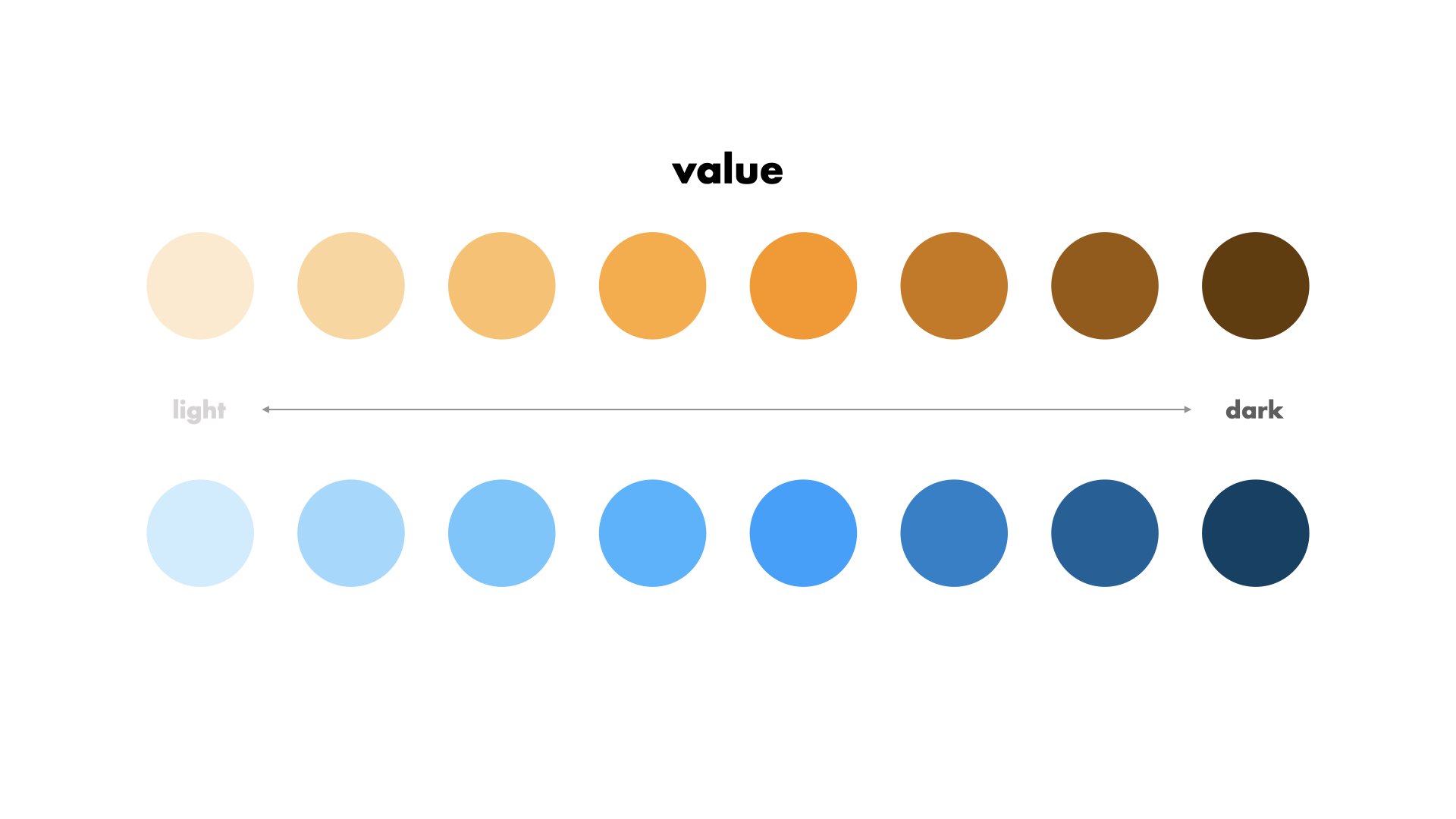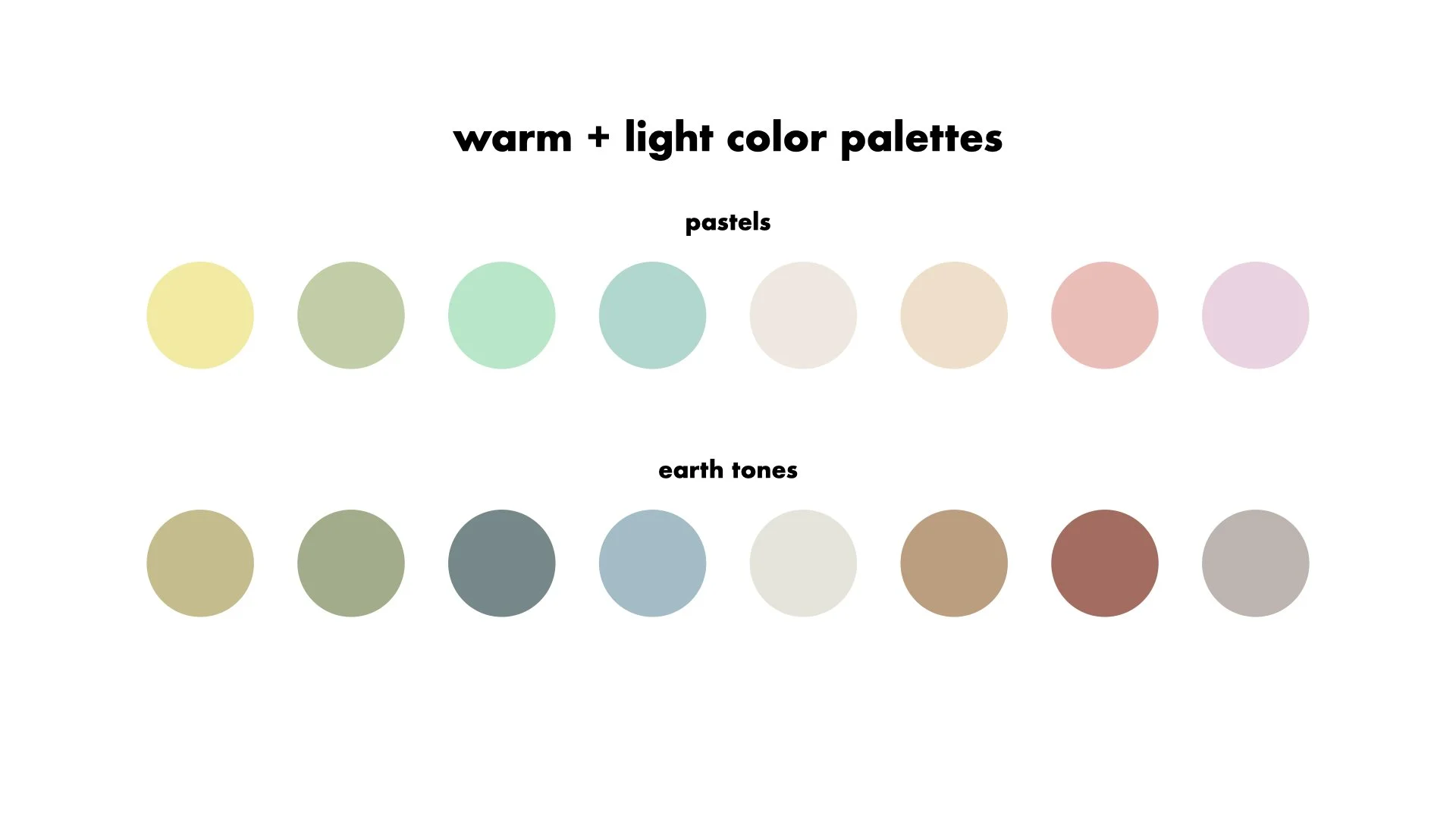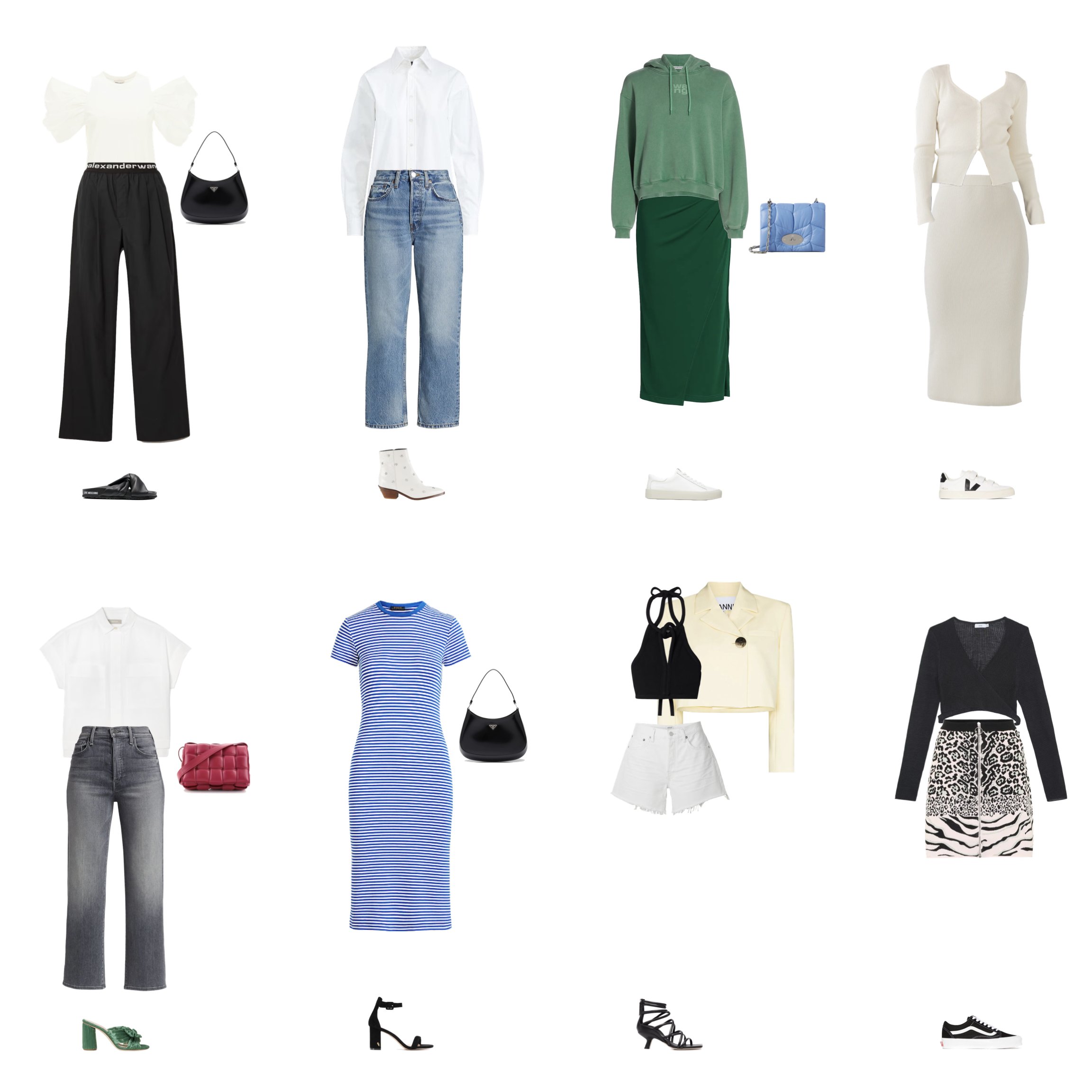How to Find Your Best Colors According to Color Theory
Figuring out which colors suit you best is probably one of the most frustrating and difficult steps in putting together your perfect wardrobe. I know I’ve struggled with the seasonal color analysis method myself. So I hope that I can help break down each element of the process and provide a method that can be tailored to your unique look. Instead of trying to squeeze into one specific seasonal color type, like clear winter or warm spring, let’s look at each aspect of color analysis individually and create a color palette that’s customized just for you.
There are five main aspects of color analysis that you can take advantage of when choosing your color palette: your skin undertone, the overall lightness or deepness of your coloring, the intensity of your coloring, contrast, and your personal style. Let’s start with the most important element, undertone.
01 // Undertone
What is undertone? Your undertone is the underlying color temperature of your skin tone. Your undertone is either warm, cool, or neutral.
Your undertone is the most important feature to consider when choosing your color palette. When you wear colors that are harmonious with your undertone, you will immediately look brighter and more vibrant. Colors which clash with your undertone may make you look washed out, tired, or sick in comparison.
It’s important to note that undertone is separate from skin tone. Having darker or lighter skin does not affect your undertone. Also, try not to confuse your undertone with your overtone. For example, if you have an olive skin tone, you likely have a cool undertone with a warm overtone, giving your overall complexion a warmer look. In this case, undertone is still the more important factor when determining which colors will look best on you.
RESOURCE // What is My Undertone?
Your undertone determines the overall color family that you belong to. At a basic level, cool colors contain more blue (like blue-greens and purples), and warm colors contain more yellow (like yellow-greens and oranges). Contrary to popular belief, true red is a neutral and can be worn with any skin tone. Don’t let your color family make you feel restricted - there are warm and cool versions of almost any color out there. Here are some examples of color palettes for cool and warm color undertones using different versions of the same colors.
Warm and Cool
An example of warm and cool color palettes using different versions of the same colors - gray, black, blue, white, brown, red, and pink.
02 // Value
In color theory, value is defined as the relative lightness or darkness of a color. When it comes to choosing your perfect color palette, it is important to consider not only the value of your skin tone, but also the value of your hair and eyes. If the overall coloring of your hair and eyes is medium to dark, you are likely to look best in deep colors. If your hair and eyes are medium to light, you will shine in lighter shades. Or, if your skin, hair, and eyes fall in the middle of the spectrum, you might be somewhere in between. If you have light hair and dark eyes or vice versa, you might be lucky enough to look great in both light and deep colors, although the value of your hair will probably be more dominant.
Light or Dark
Value is the relative lightness or darkness of a color. You are most likely to look best in colors with a similar value to that of your hair.
03 // Intensity
The fourth parameter to consider when analyzing your coloring is your chroma, or the intensity of your coloring. Your chroma will lie somewhere on a spectrum from muted and soft (low intensity) to bright and clear (high intensity). Simply put, you should choose to wear colors which have a similar level of saturation to your skin, hair, and eyes, whether that be bright, soft, or somewhere in between. Colors that suit the undertone and value of your coloring may still look unnatural if they fall on the opposite side of the chroma spectrum. For example, highly saturated colors may cause muted skin tones look dull by comparison, while soft colors will look serene and healthy.
Muted or CLear
Intensity is the level of saturation in your coloring, from soft to bright. In color theory, the most saturated colors are created from only primary colors. Adding gray to a color will make it more muted.
04 // Contrast
Now that you have determined the value of your skin, hair, and eyes, you can determine the relative contrast among your features. Do your hair and eye color differ strikingly from your skin tone, or do you feel your coloring is rather unified? Someone with pale skin, fair blonde hair, and light brown eyes would have low contrast. If you have very low contrast, you may actually look great in the opposite value to that of your overall coloring. For example, women with very dark skin, cool undertones, and black hair often look amazing in light, cool, icy shades.
05 // Style
At the end of the day, your style preferences are more important than which colors you “should” or “shouldn’t” wear according to color theory. However, I believe that any style can be reflected using colors from your perfect color palette. It’s just a matter of choosing the right ones. For example, you might have warm undertones and light coloring, but you hate pastels. Don’t worry, you don’t have to wear them. Choose earthy shades like soft brown, army green, rust red, and marine blue.
You have options
Don’t feel restricted by the typical seasonal color analysis recommendations. Ideally, choose colors that have a similar undertone, value, intensity, and contrast to your natural coloring, AND reflect your personal style.
Still Not Sure?
When you come across a color that looks great on you, see if you can determine if that color is more warm or cool, light or dark, bright or muted. Record which colors look good on you and seek out colors with a similar undertone, value, and chroma.













FINALLY get your body type!